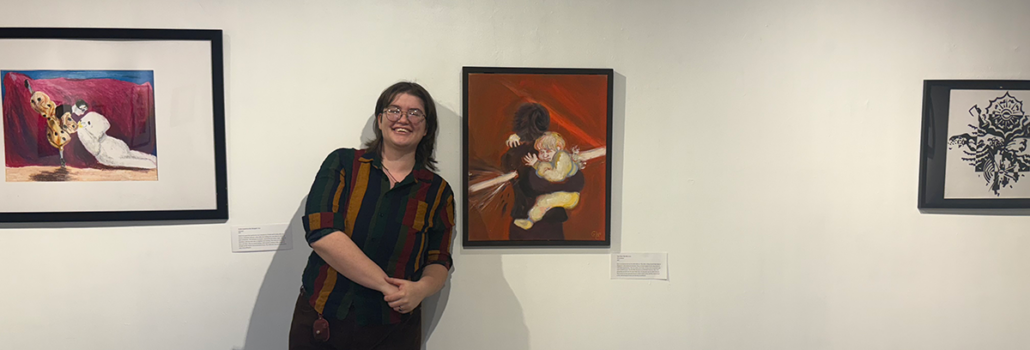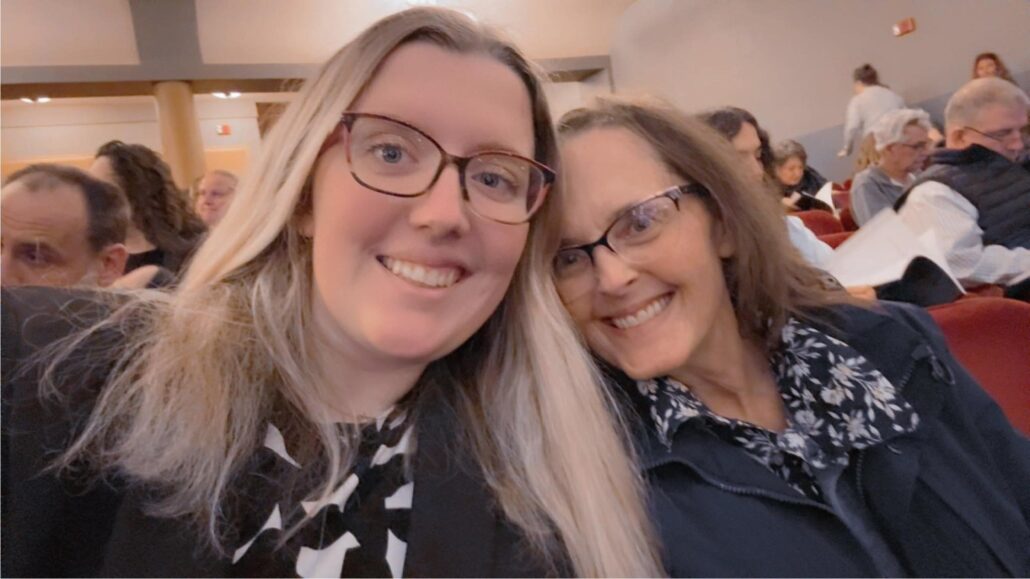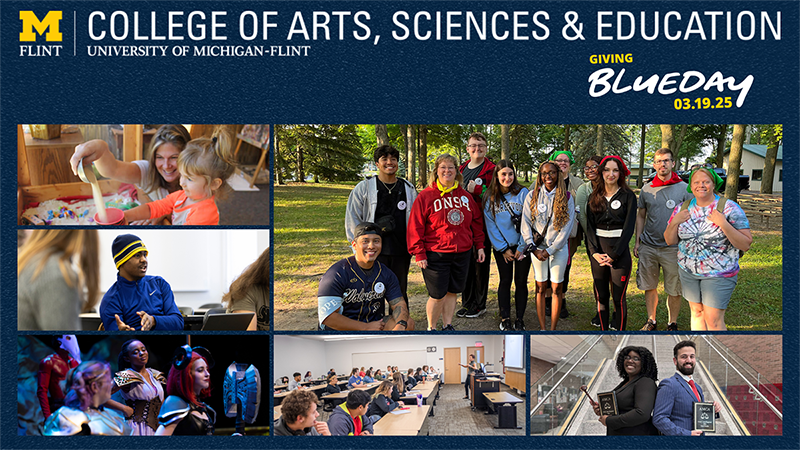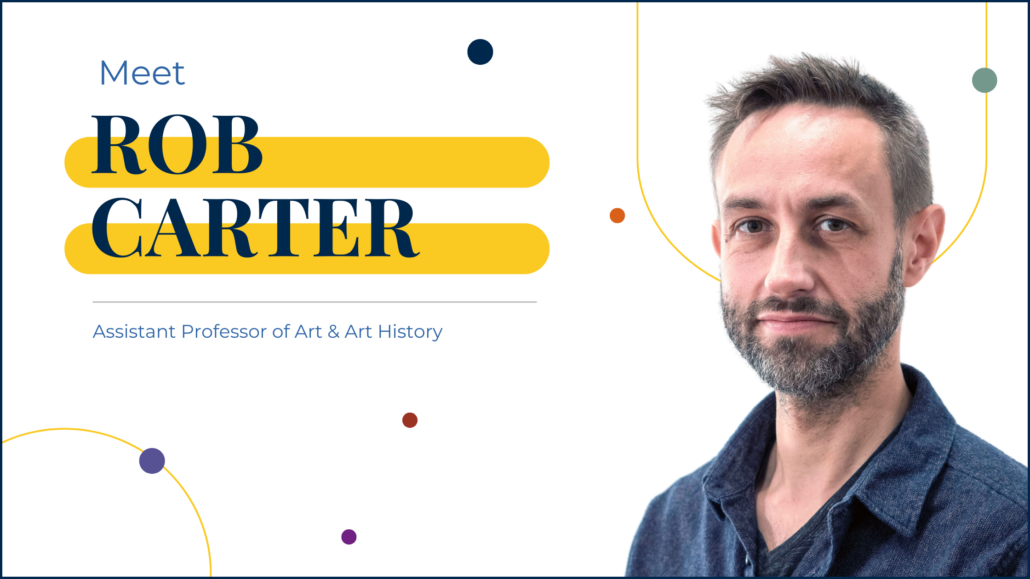UM-Flint Math class partners with DDA for survey on downtown Flint
Laura McLeman, associate professor of UM-Flint Mathematics, is taking an interactive approach to her Introduction to Statistics course (MTH 272) by incorporating a special class project: her students are working with Flint’s Downtown Development Authority (DDA) to create and circulate a survey that will help them better understand users’ interactions in downtown Flint.
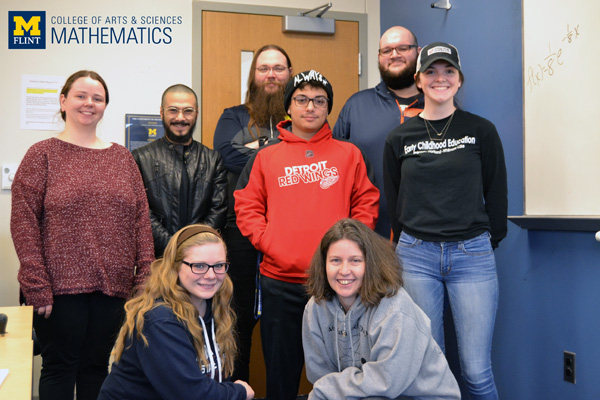
The statistics course is a requirement for McLeman’s secondary teacher’s certificate program (TCP) students who will go on to teach math to high schoolers. As part of UM-Flint’s education program, the course reflects the TCP’s place-based approach that regularly connects coursework and teaching practices with partners and projects in the community. The approach allows UM-Flint students opportunities to experience teaching, working with diverse groups, and finding community partners they can impact and that can be impacted by their classrooms.
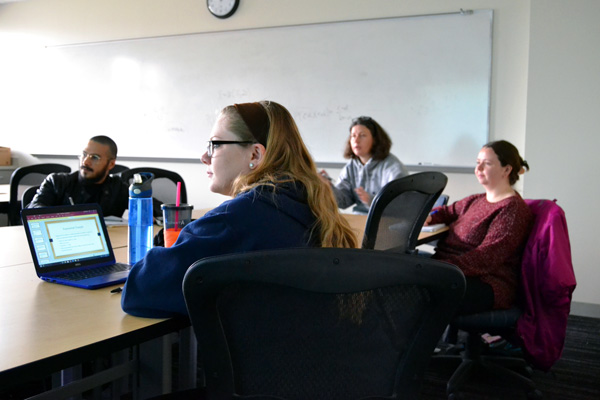
McLeman considers the survey to be a unifying project for this semester’s class, nothing that the students were enthusiastic about it from day one. They’ve been the driving force behind the nature of the project, she added. The survey will help the DDA and downtown businesses learn about community member experiences; its results should be helpful in future grant writing and business planning.
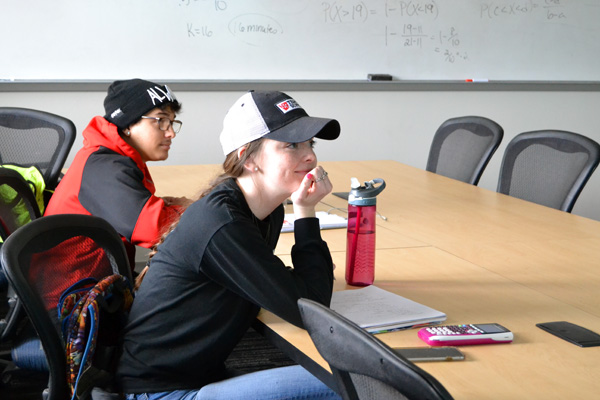
Once the survey is closed, the class will use their statistics methods to analyze the data; the results will be included in a written report and executive summary that they present to the DDA in April. The class will also participate in a reflective exercise in which they consider how well their survey worked, whether it served the needs of their community partner, and whether it provided the data they were after.
For McLeman, the project is a perfect example of place-based learning: it utilizes the content her students need to learn, while providing a meaningful service and getting her students interacting with the community. “As future secondary math teachers, and community stewards, it is important to me that my students experience how community needs and classroom curricular needs can come together in partnership,” noted McLeman. “Essentially, I want my students to see how all of the seemingly disparate topics they are learning in this statistics course come together in meaningful and impactful ways.”
For more information on UM-Flint Math, visit umflint.edu/math; to learn about the education programs at UM-Flint, visit umflint.edu/teach.

